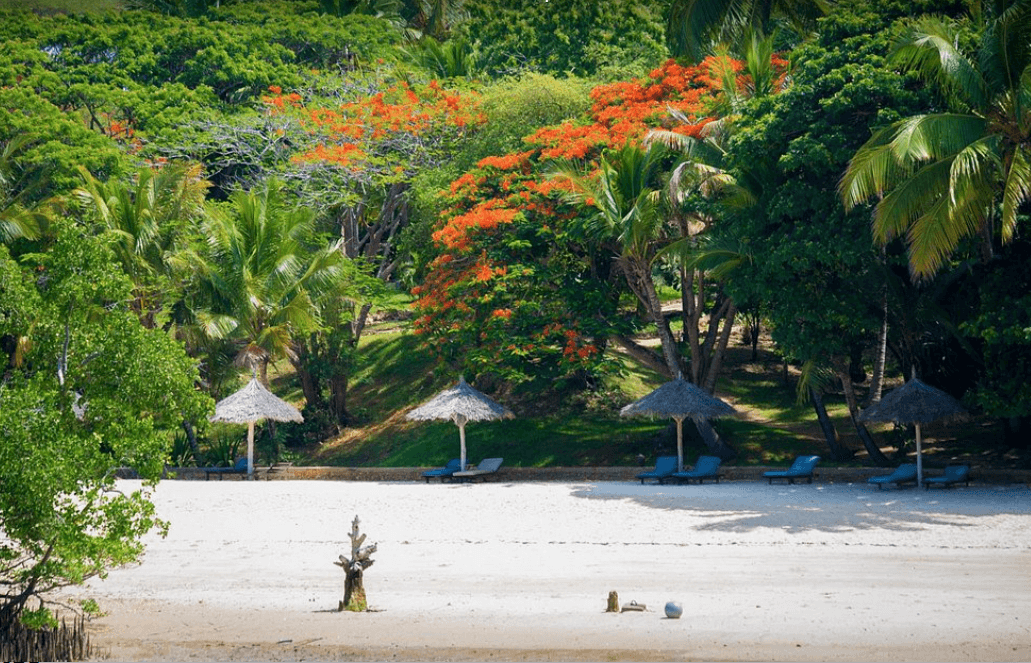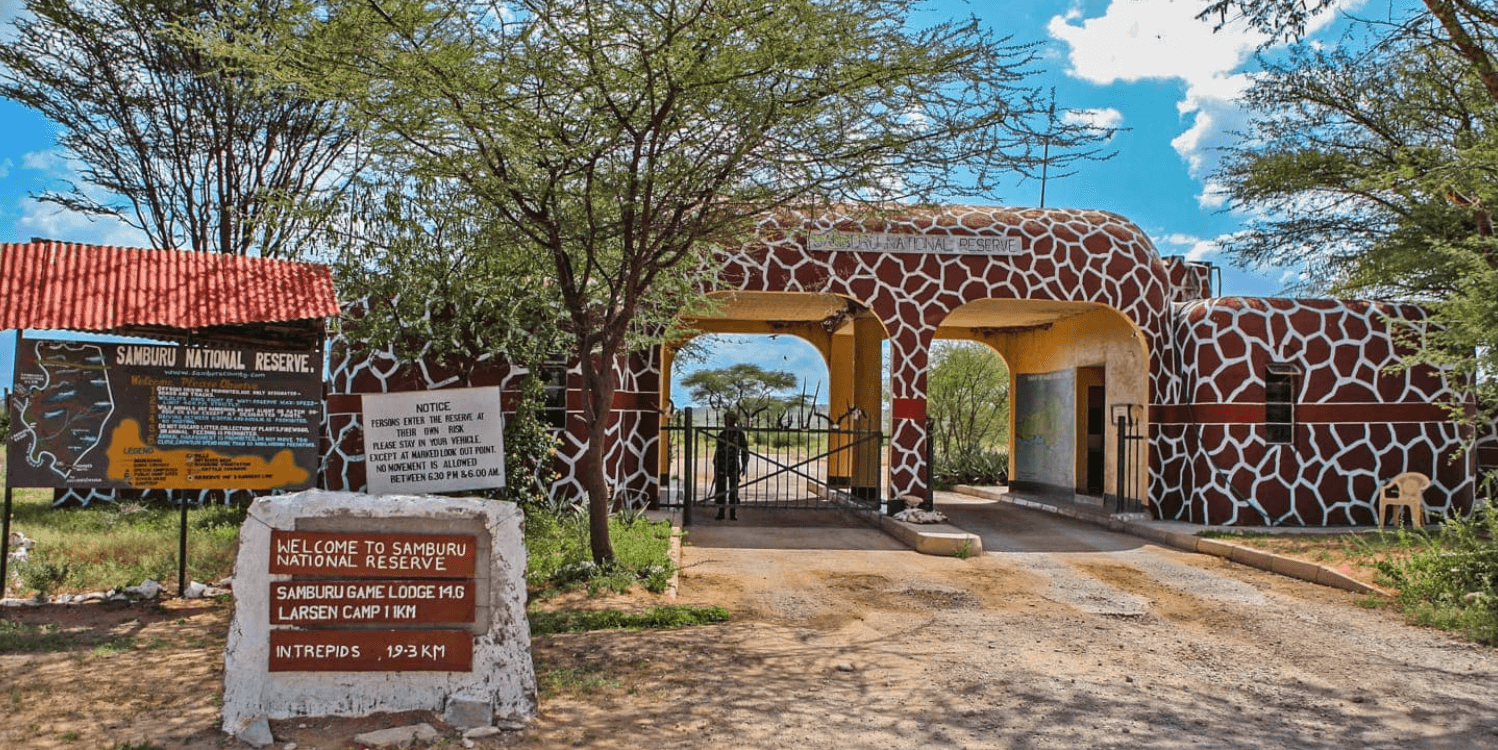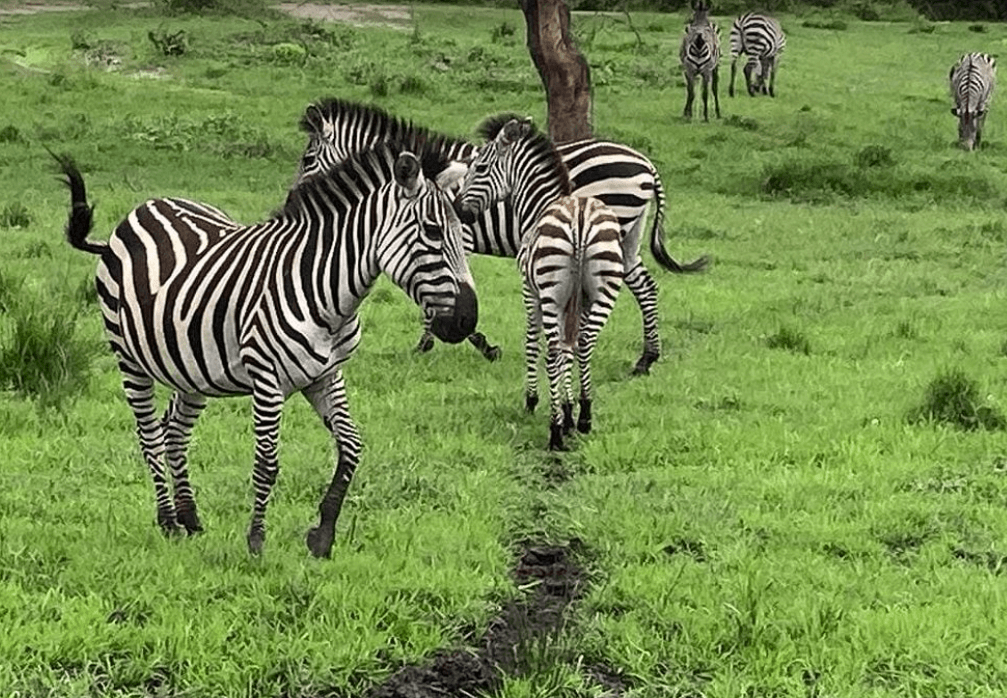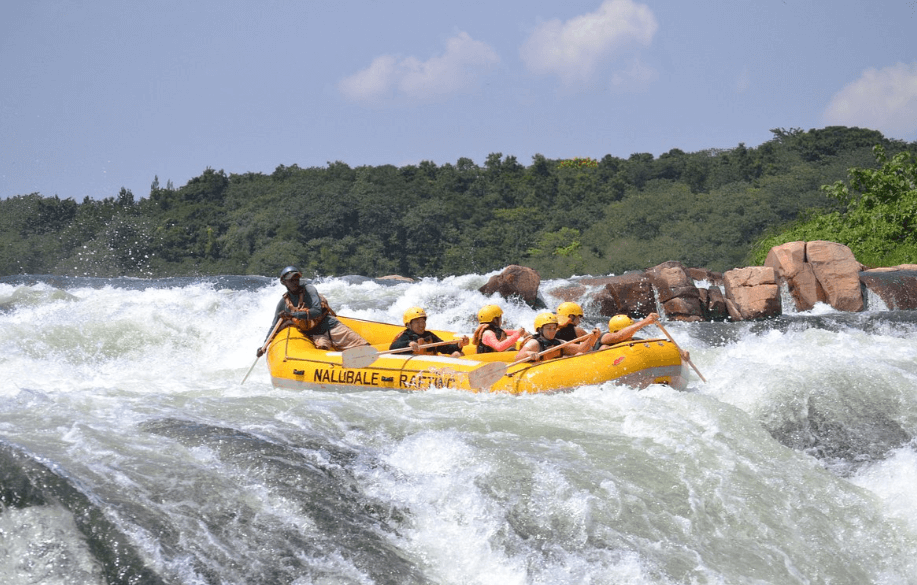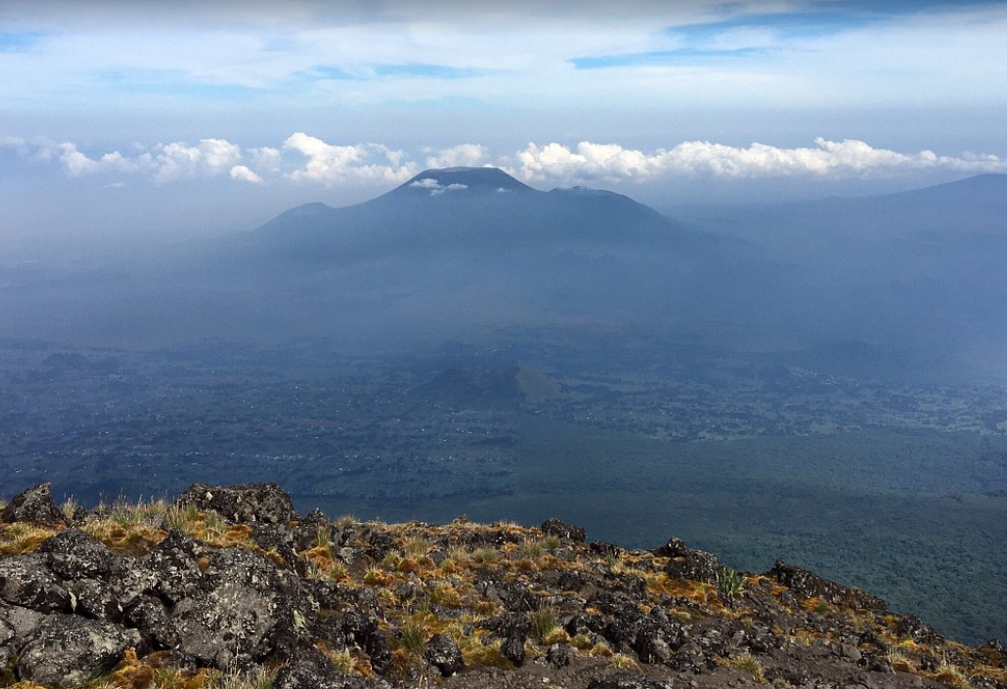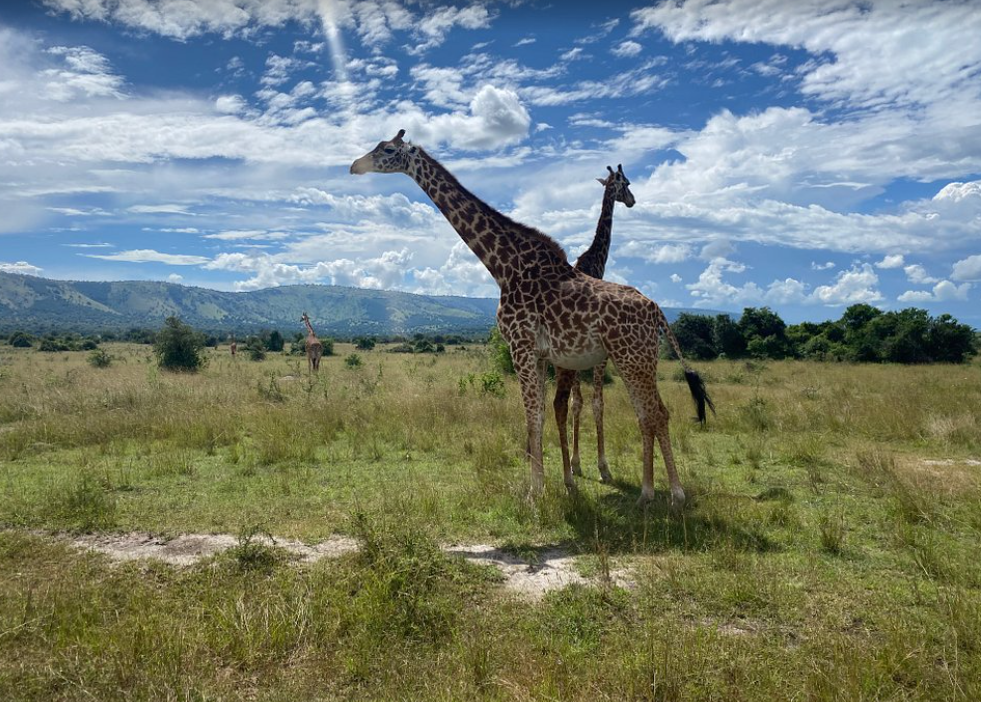Why Gorilla Trekking Is Limited to One Hour
Gorilla trekking is one of the most unforgettable wildlife encounters on Earth. Visitors from around the world travel to Uganda, Rwanda, and the Democratic Republic of Congo to witness mountain gorillas in their natural habitat. However, despite the cost and effort involved, each visitor is permitted only one hour with the gorillas.
While this time limit may seem short, it is carefully enforced for good reasons. In this post, we break down the purpose behind the one-hour rule, how it benefits both gorillas and trekkers, and what you can expect during this unforgettable 60-minute encounter.
Where Does Gorilla Trekking Take Place?
Gorilla Trekking Destinations
Mountain gorillas live in a few select locations within East and Central Africa:
-
Bwindi Impenetrable National Park – Uganda
-
Mgahinga Gorilla National Park – Uganda
-
Volcanoes National Park – Rwanda
-
Virunga National Park – Democratic Republic of Congo
These regions are rugged, forested, and remote—ideal for gorilla conservation. They are also protected areas with strict regulations to preserve the fragile ecosystem and the endangered species within it.
Why Only One Hour With the Gorillas?
To Minimise Human Impact
Mountain gorillas are highly intelligent and emotionally sensitive animals. Although some gorilla families are habituated—meaning they’re used to human presence—they remain wild. Prolonged human interaction can:
-
Disrupt their natural behaviours
-
Cause unnecessary stress
-
Alter family dynamics
By limiting visits to one hour, conservation teams reduce the likelihood of interference or negative consequences to the gorillas’ routine.
To Prevent Disease Transmission
Mountain gorillas share 98% of their DNA with humans, making them vulnerable to many human diseases. Even minor illnesses like the common cold can have devastating effects on a gorilla group.
Short visits help reduce the risk of spreading infections. Visitors must also:
-
Maintain a distance of 7 metres
-
Wear face masks
-
Avoid trekking when sick
These protocols are especially important during flu seasons or global health concerns like COVID-19.
To Preserve Natural Behaviour
Gorillas live in complex social groups. Prolonged human presence can make them overly familiar with people, which may compromise their safety in the wild.
Limiting contact ensures that gorillas continue to:
-
Behave naturally
-
Maintain independence
-
Avoid forming unnatural bonds with humans
This helps conservationists keep gorillas wild and self-reliant.
To Support Sustainable Tourism
Conservation isn’t just about protecting animals; it’s about ensuring that tourism doesn’t damage ecosystems. The one-hour rule:
-
Reduces foot traffic in fragile forests
-
Ensures fair rotation of visitor groups
-
Keeps experiences exclusive and impactful
Sustainable tourism protects both the animals and the environment, ensuring future generations can enjoy gorilla trekking too.
High Cost, Limited Time – Is It Worth It?
Understanding Gorilla Permit Costs
A gorilla trekking permit may cost:
-
$1,500 in Rwanda
-
$800 in Uganda
-
$450 in the Democratic Republic of Congo
This price includes park entrance, ranger guides, trackers, and conservation fees.
Although one hour sounds short for such an expense, your payment supports:
-
Anti-poaching patrols
-
Veterinary care
-
Ranger training
-
Community development
So, your visit helps protect gorillas and empower local communities.
What Happens During the One Hour?
Up Close, But Respectful
Once the trackers locate your assigned gorilla family, you’ll be allowed to spend exactly one hour in their presence. During this time, you can:
-
Take photos (without flash)
-
Observe gorilla interactions
-
Watch feeding, grooming, and playing
-
Ask your guide questions
This hour is guided, immersive, and strictly timed to ensure minimal disturbance.
The Trek Is Part of the Adventure
Hours of Total Experience
Though the gorilla viewing lasts one hour, the total trek can last anywhere from 2 to 8 hours, depending on:
-
The gorilla group’s location
-
Terrain and altitude
-
Your physical fitness
-
Weather conditions
In many cases, the hike through misty forests, dense vegetation, and steep slopes is as memorable as the gorilla encounter itself.
Group Size and Timing
Only 8 People Per Gorilla Family
To minimise disturbance, each gorilla group can only be visited by a maximum of 8 people per day. The one-hour time limit ensures that:
-
Multiple groups can trek daily
-
No gorilla family is overwhelmed
-
Rangers can manage visits efficiently
This rotation system is essential for protecting both gorillas and visitor experience quality.
Community and Conservation Benefits
Tourism With a Purpose
The one-hour limit also ensures a steady flow of eco-tourism. This directly supports local people through:
-
Employment of guides and porters
-
Revenue-sharing with communities
-
Construction of schools, clinics, and roads
-
Promotion of conservation education
Thus, your one-hour visit has a positive ripple effect that goes far beyond the forest.
What If I Want More Than One Hour?
Gorilla Habituation Experience
If you wish to spend more time with gorillas, Uganda offers the Gorilla Habituation Experience in Bwindi. With a special permit costing $1,500, you can spend up to four hours with a semi-habituated gorilla group.
This experience is more intense and involves:
-
Tracking gorillas that are still being habituated
-
Learning from researchers and trackers
-
Observing gorilla reactions to human presence
It’s ideal for photographers, researchers, and those seeking deeper insight.
Common Questions
Why not increase gorilla visit time to two hours?
Even an extra hour could increase stress and exposure to diseases. The current one-hour rule strikes the right balance between interaction and protection.
Is one hour enough for photography?
Yes. If you prepare your gear in advance, one hour is sufficient for capturing stunning shots without rushing.
Can gorillas approach visitors?
Yes, occasionally gorillas move close out of curiosity. In such cases, you should stay calm and still. Guides will advise you on what to do.
Final Thoughts: One Hour, A Lifetime of Impact
Although it may seem short, one hour with the mountain gorillas is profoundly powerful. That hour is enough to:
-
Witness their gentle nature
-
Connect with wildlife in the wild
-
Create lasting memories
-
Contribute to long-term conservation
By respecting this rule, you play an important role in preserving one of the world’s most endangered species.
Gorilla trekking is more than an adventure—it’s a commitment to wildlife protection and ethical travel. That one hour is a gift not just to you, but to the future of mountain gorillas.
Frequently Asked Questions (FAQs)
1. Why is gorilla trekking time limited to one hour?
To minimise stress on the gorillas, reduce the risk of human disease transmission, and maintain their natural behaviour. This time limit also supports sustainable tourism.
2. Is one hour really enough to enjoy the gorilla experience?
Yes. Most travellers find the hour to be incredibly fulfilling. You get to observe, photograph, and connect with the gorillas in a meaningful way.
3. Can I book more than one trek to extend my time with the gorillas?
Absolutely. You can book treks on multiple days with different gorilla families. However, each trek still limits viewing time to one hour.
4. Is there an option to spend more than one hour with gorillas?
Yes. Uganda offers a Gorilla Habituation Experience in Bwindi Impenetrable Forest, which allows up to four hours with a semi-habituated gorilla group.
5. What happens if it takes all day to find the gorillas?
The one-hour limit applies only once the gorillas are found. The trek itself can take anywhere from 30 minutes to 6 hours, depending on location and conditions.
6. Can children participate in gorilla trekking?
Only individuals aged 15 years and above are allowed to trek. This is due to the physical nature of the hike and the sensitivity of the gorillas.
7. How close can I get to the gorillas?
Visitors must keep a distance of 7 to 10 metres. However, gorillas may sometimes approach out of curiosity. Remain still and follow your guide’s instructions.
8. What should I bring for the trek?
Essentials include waterproof hiking boots, long sleeves, gloves, insect repellent, a reusable water bottle, a camera (no flash), and a rain jacket.
9. Do gorillas ever act aggressively?
Mountain gorillas are generally peaceful. Aggression is rare, especially when rules are followed. Guides are trained to manage interactions safely.
10. Is gorilla trekking safe despite the one-hour time limit?
Yes. Gorilla trekking is a guided and well-regulated activity. The one-hour limit is part of the broader safety and conservation strategy in place.

